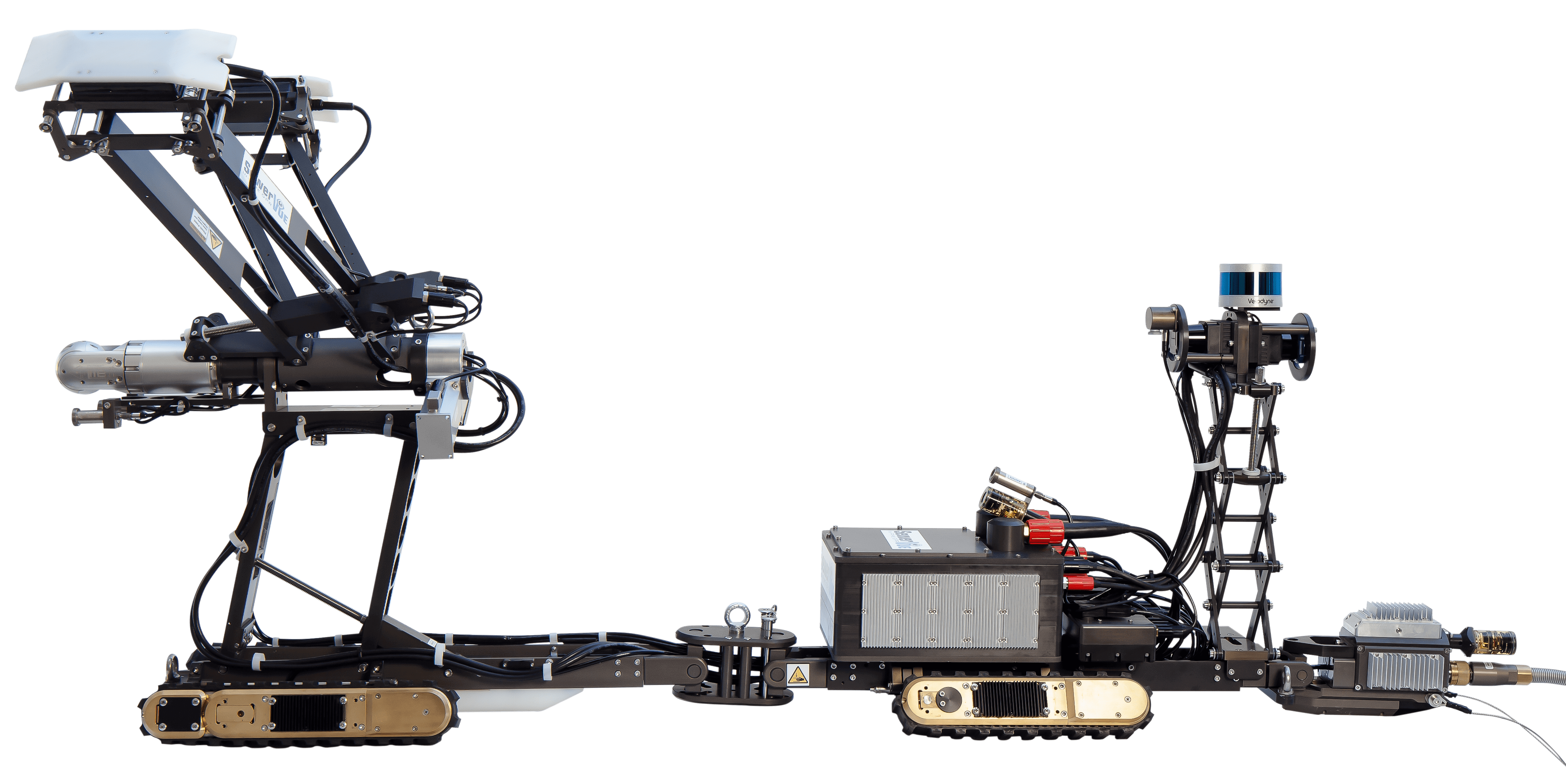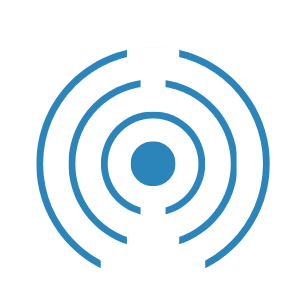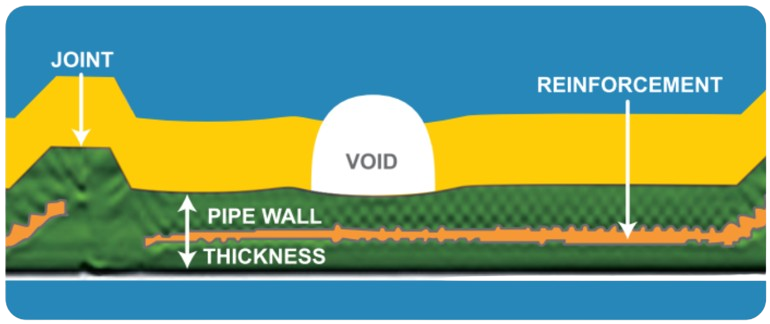Introducing the
5th Generation SewerVUE Surveyor
A Tracked Platform with the Latest MSI Technology

The 5th Generation Surveyor is a long range tracked crawler designed for harsh environments and high flowing pipes. The PPR antennae can be remotely rotated between 9 and 3 O'clock. This crawler is capable of inspecting pipes ranging from 21 to 60 inches (525-1525m).
SewerVUE's pipe-penetrating radar (PPR) is a revolutionary patented technology for underground pipe inspection. The remotely operated 5th Generation Surveyor combines HD CCTV, PPR LiDAR, and other sensors, to accurately measure pipe wall thickness, composition detects, reinforcement cover, identify cracks, and find voids before they become sink holes.
Surveyor Features

Collect, combine, & analyze data from multiple sensors with SewerVUE’s software.

Accurately measures pipe wall thickness and reinforcement cover.

PPR detects voids outside of non-ferrous large-diameter pipes.

What Type Of Pipes Can We Inspect With PPR
- Reinforced Concrete Pipes (RCP)
- Vitrified Clay Pipe (VCP)
- Brick Pipe
- Asbestos Cement Pipe
- Concrete Pipe
- High Density Poly Ethaline
- Polyvinyl Chloride Pipe
- Wood Stave Pie
How GPR & PPR Works

Ground-penetrating radar (GPR) is a real-time, non-destructive testing technique that employs electromagnetic (EM) waves to image pipes and man-made structures. A short pulse of EM waves is transmitted into the pipe, where targets with different dielectric properties reflect a portion of these waves. A receiver antenna captures the reflected signals, which are subsequently displayed on a computer screen. Data collection is continuous, allowing for the capture of several miles of data within a few hours.
Pipe Penetrating Radar (PPR) represents the in-pipe application of GPR, wherein EM waves are directed into the pipe bedding envelope through the pipe wall (constructed from materials like concrete, HDPE, vitrified clay, soil, etc.). High-frequency PPR can identify cracks, exterior voids, exterior repair couplings, alterations in material composition, as well as water content or salinity changes at distances of 36" (920mm) and beyond.